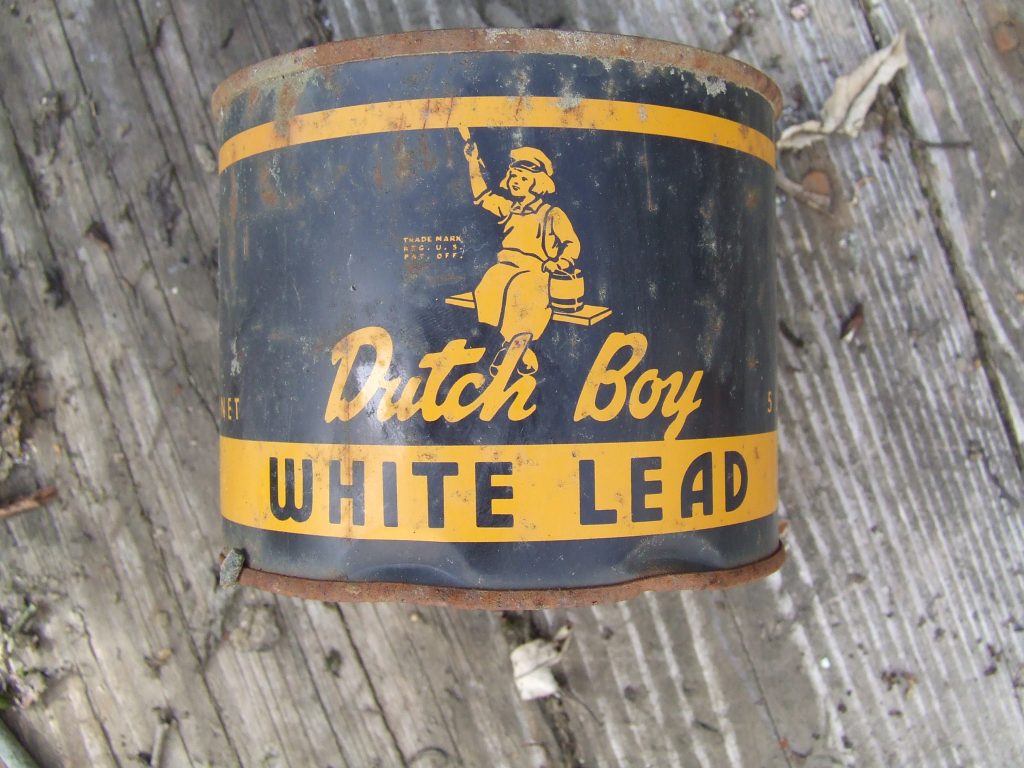The EPA’s National Human Activity Pattern Survey found that Americans spend about 69 percent of their lives in their homes. This figure has no doubt gone up since the arrival of the novel coronavirus, an infectious disease that attacks the respiratory system, and which is particularly harmful to the immunocompromised.
Like the coronavirus, our homes can also attack our respiratory and immune systems. Many of us are exposed to lead through our soil, drinking water and paint. The wood in our homes may be treated with formaldehyde, phthalates can be present in PVC plastic and vinyl flooring, and our water supply may be contaminated with PFAS and pesticides. Dust mites, pests, and mold are all very common household asthmagens. The list goes on.
The prevalence of environmental toxics in our home is unacceptable in its own right and lethal in a pandemic.
While it is not uncommon for agencies and legislatures to adopt new environmental health regulations, the enforcement is often lacking. Between long horizons for chemical phase-outs, anemic budgets, and a lack of public attention, environmental hazards in the home can quietly claw away at our health. And this is only to describe the economy as we knew it before COVID-19: public health departments and agencies at all levels of government have been forced to divert much of their staff and resources to combating the pandemic, necessarily ceding important primary prevention to the individual.
In New York State, for instance, counties are now only arranging home visits if a child’s blood lead level is at 45 micrograms per deciliter or higher – the level at which the CDC recommends chelation therapy. It may have sounded silly on the debate stage, but Marianne Williamson was onto something: we don’t have a health care system in the United States; we have a sickness care system. Nobody really wants toxins in the home or workplace, but nobody wants to pay to get rid of them, either.
Underfunding the state’s capacity for the assessment and remediation of environmental hazards is very easy. Unlike roads or pensions, the impact of underfunding codes enforcement and environmental analysis is not immediately obvious. It may only become apparent long after toxic exposure takes place, bioaccumulating over long periods of time. It can take years, or even decades, for patterns of health outcomes to point us to environmental hazards in a community. Even then, it requires financial resources and political muscle to remediate them. All too often, it’s just not in the budget.
Working class and minority populations are the primary victims of this conflagration of circumstances. They are more likely to be classified as “essential workers”, and thus are far more likely to contract the novel coronavirus in their workplace. They are also more likely to live in homes with environmental hazards that impact their respiratory and autoimmune systems because their dwellings are older, remediation can be expensive, and access to legal and institutional resources is often limited. Because much of our public health infrastructure is administered at the municipal and county level, what recourse and support does exist may be extraordinarily limited due to their locality’s tax base.
Fixing the Problem
During the Great Depression, FDR created the Works Progress Administration, which employed 8.5 million people doing specified public works projects. Once the coronavirus is under control, we should create a similar federal program dedicated to environmental health and conservation.
The purpose of this program would not be to schedule lectures at community centers offering DIY solutions people can’t afford with time they don’t have. It would be to identify the hazards in people’s homes and fix them. Employees would be placed in underfunded and understaffed departments of health and environmental conservation at the state, county and municipal level, where they would be tasked with codes enforcement, environmental analysis, and hazard remediation in homes and communities. They would be recruited from within their own service zones, which would provide good entry-level jobs to often economically depressed areas.
The bureaucratic infrastructure for such a program already exists. The Corporation for National and Community Service has a 25-year history of placing workers in communities in need. And although the CNCS is a sensible home for the program, this is not a proposal to expand AmeriCorps. AmeriCorps’ living stipends — pegged to the federal poverty line — are entirely unacceptable. Public service should not be a privilege for the affluent or last recourse for the desperate. The program would offer attractive wages, good healthcare, job security, and a battery of employer-sponsored and industry-standard certifications that prepare employees for the labor market ahead of them. Like AmeriCorps, student loans would be deferred during the period of employment, and an education stipend would be provided at the end of each contract. Unlike in AmeriCorps, employees would have the right to form a union and collectively bargain.
After the coronavirus passes, many Americans will be out of work and living in hazardous conditions. We can start to solve the former by addressing the latter.

